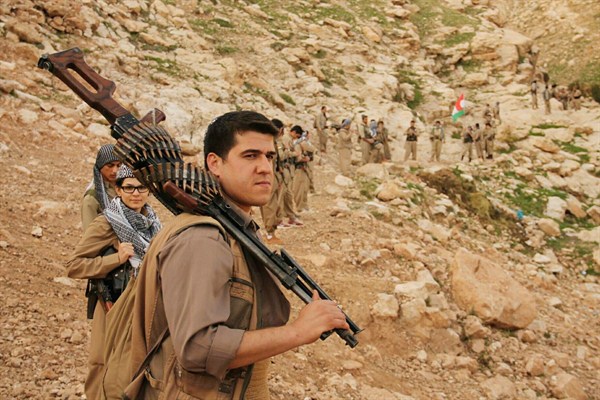Iran’s Revolutionary Guards Corps and Kurdish rebels from the Kurdish Democratic Party of Iran clashed late last month along Iran’s mountainous border with Iraq. In an email interview, Denise Natali, a distinguished research fellow at the Institute for National Strategic Studies, National Defense University, discusses the relationship between the Iranian government and Iran’s Kurdish minority.
WPR: How large is Iran’s Kurdish population, and how integrated are they into Iranian society?
Denise Natali: Kurds are estimated to represent about 8 to 10 percent of the Iranian population, or about 6 million to 8 million people. They are not a monolithic community; approximately half are Sunni Muslims and the other half are Shiite, with small heterodox Muslim communities as well, such as the Ahl al-Haq. Distinctions also exist between rural and urban groups, leftist and conservative political factions, tribes, socio-economic classes and dialect groups across regions. Iranian Kurds mainly inhabit the northwestern provinces of Kermanshah, Kurdistan, West Azerbaijan and, to a lesser extent, Ilam province, although they are also located in Tehran and the northeastern provinces of Mazanderan and Khorasan.

